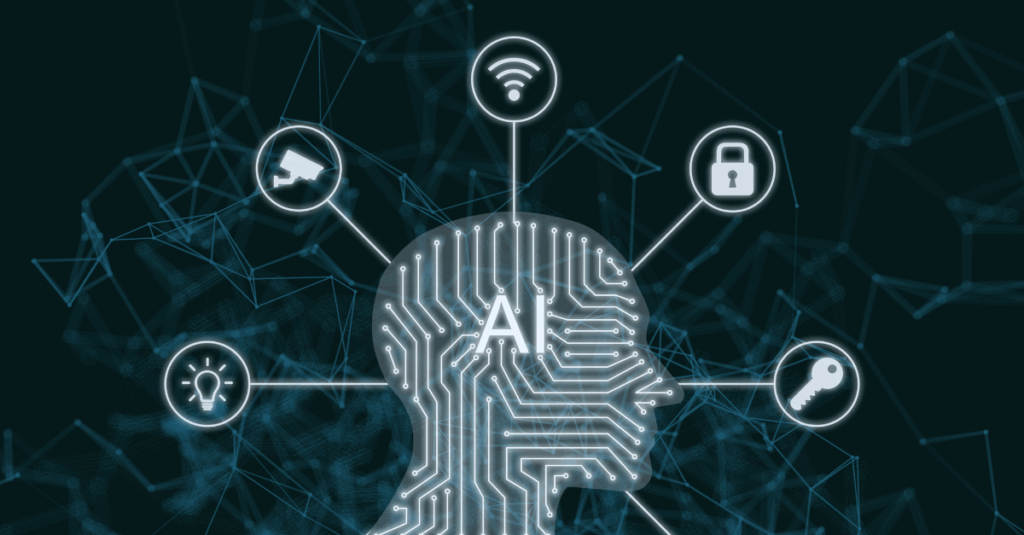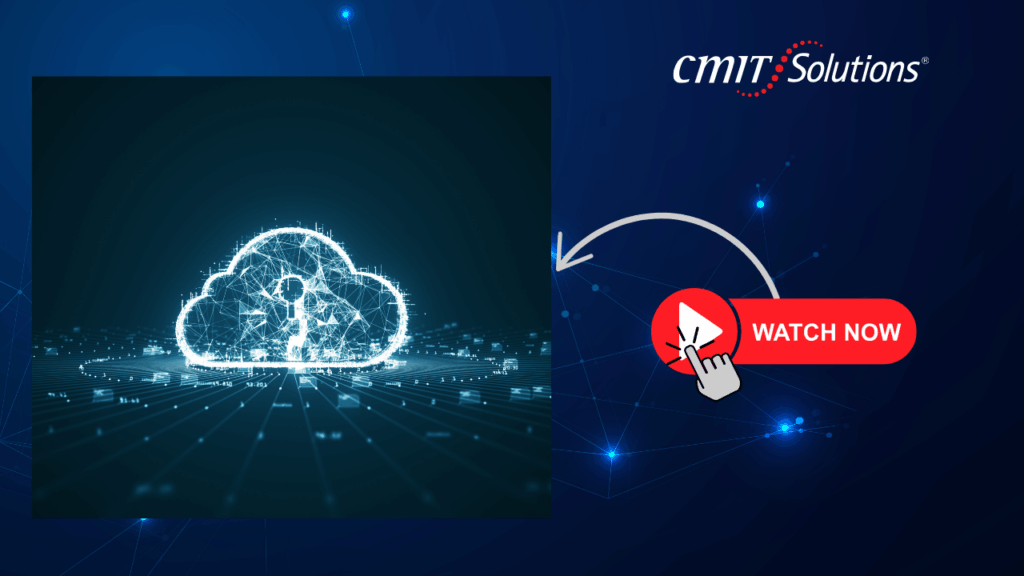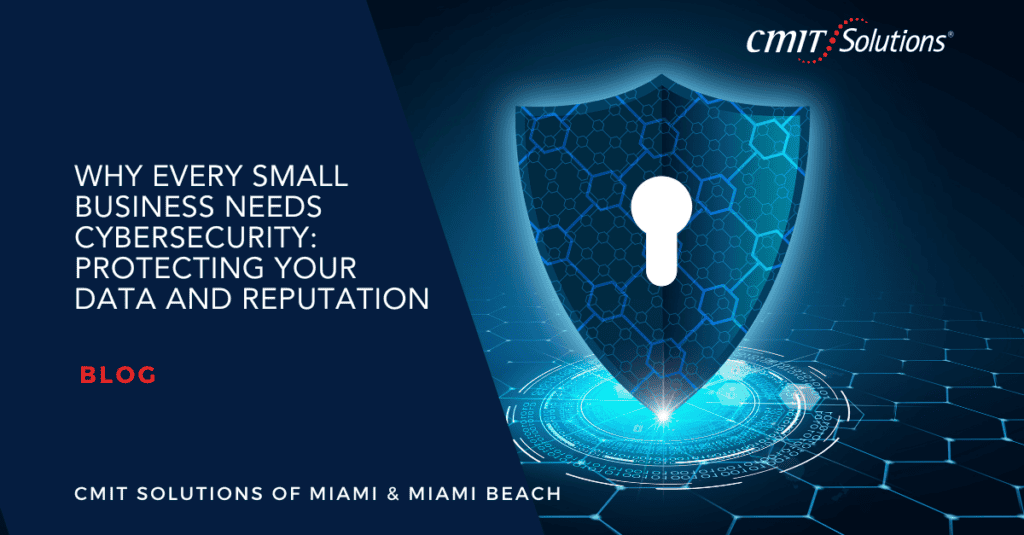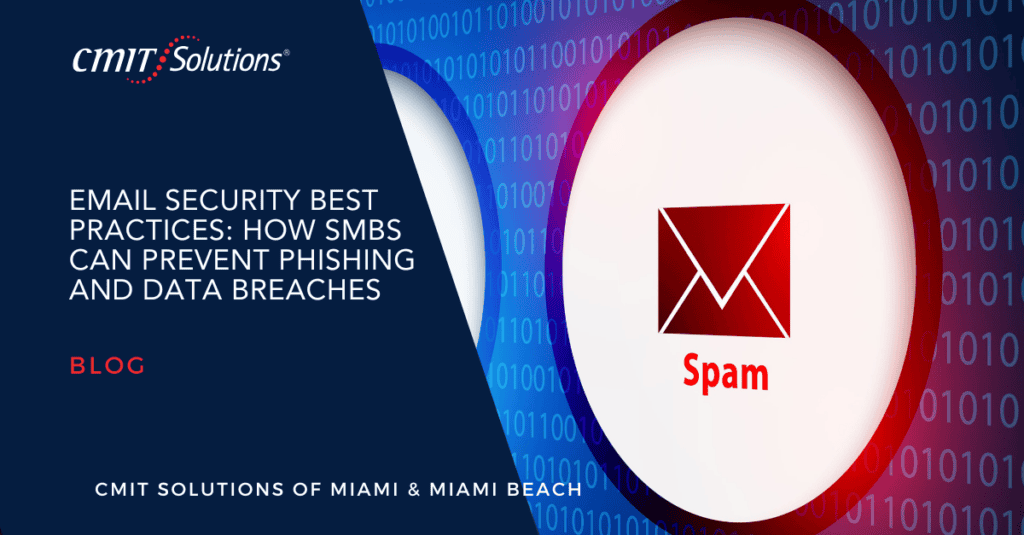Cybersecurity is no longer just about firewalls and antivirus software. In 2025, the future of digital protection is being shaped by two transformative technologies: Artificial Intelligence (AI) and the Zero Trust model. These aren’t passing trends; they’re strategic frameworks that redefine how organizations protect data, infrastructure, and users.
As cybercriminals deploy more advanced tactics, SMBs and enterprises alike must implement smarter, adaptive, and continuous protection methods. Here’s how AI and Zero Trust are rewriting the rules of cybersecurity.
Understanding AI in Cybersecurity: What It Is and How It Works
- Processes large volumes of network data in real-time to detect and respond to threats.
- Identifies anomalies and suspicious behaviors that traditional tools may miss.
- Learns from historical data to improve threat detection accuracy over time.
- Automates responses, reducing the time between detection and mitigation.
Artificial intelligence excels at processing vast amounts of data in real-time. In cybersecurity, AI is used to identify threats as they emerge, adapt defenses instantly, and reduce human error in threat detection. It doesn’t just recognize known malware signatures—it analyzes behavior to detect anomalies.
SMBs have started leveraging AI-powered cybersecurity to monitor traffic across endpoints, flag anomalies, and automate security responses. This ability to evolve alongside threats makes AI an invaluable layer of defense.
The Zero Trust Security Model: Why ‘Never Trust, Always Verify’ Matters
- Every access request is evaluated based on identity, device, and context.
- Enforces least privilege access, reducing the attack surface.
- Provides visibility into user activity across the network.
- Ideal for securing hybrid and remote work environments.
The Zero Trust model is based on the assumption that threats can come from inside or outside the network. Therefore, no user or device should be inherently trusted. Every access request must be continuously verified.
Zero Trust strengthens security by enforcing identity verification, access controls, and activity monitoring at every step. SMBs that use a multi-layered approach benefit from the visibility and control this model offers.
Why Businesses Should Use AI and Zero Trust Together
Individually, AI and Zero Trust provide substantial security benefits. But together, they offer a powerful synergy. AI enables intelligent decision-making by detecting unusual behavior, while Zero Trust limits access and verifies every request.
This duo allows organizations to automatically adapt to new threats, minimize exposure, and control access without sacrificing productivity. Businesses working with managed IT services often receive these integrated solutions by default.
What Happens If You Don’t Implement These Technologies?
Relying solely on traditional security measures in 2025 exposes businesses to major risks. Cyberattacks have become faster, stealthier, and more damaging. Without AI, threats may go undetected until it’s too late. Without Zero Trust, compromised accounts can freely access critical systems.
Failing to adopt modern frameworks can lead to data breaches, compliance penalties, customer distrust, and business interruption. Organizations not using IT compliance tools aligned with these models face increased legal and operational risks.
How AI Prevents Business Downtime and Financial Loss
- Flags malicious behavior before it causes system-wide damage.
- Enables faster threat containment and incident resolution.
- Reduces reliance on human monitoring, cutting down on delays.
- Protects revenue streams by maintaining business continuity.
Cyber incidents don’t just affect data—they impact operations and revenue. AI tools analyze behavior in real-time, allowing rapid response to threats and preventing incidents before they escalate.
AI can isolate infected systems, notify administrators, and automate protective measures. This minimizes downtime and ensures continuity. For SMBs, avoiding IT disruptions is essential for staying competitive and credible.
Zero Trust in Action: Use Cases and Benefits
In practical terms, Zero Trust can be applied across endpoints, cloud platforms, and internal networks. Examples include limiting access to sensitive files, restricting login times or devices, and requiring step-up authentication for suspicious behavior.
Cloud platforms like Microsoft 365 can incorporate Zero Trust principles, ensuring that even verified users access only what they need.
How These Tools Enhance Cloud and Remote Security
With more employees working remotely, businesses rely heavily on cloud environments. AI monitors cloud traffic for unauthorized access attempts or file movements. Zero Trust ensures even legitimate users are restricted to predefined areas.
Together, they reduce risks of insider threats, stolen credentials, and misconfigurations. Organizations that implement these models as part of disaster recovery strategies enjoy higher resilience and faster recovery times.
How Small Businesses Can Access These Enterprise-Level Protections
Advanced cybersecurity is no longer just for large corporations. Through partnerships with MSPs, SMBs can access AI and Zero Trust protections affordably. Providers tailor solutions to the business’s size, industry, and threat profile.
SMBs investing in proactive IT strategies can deploy these tools without needing internal security teams, reaping the same benefits as enterprise clients.
Looking Ahead: Staying Ahead of Threats in 2025 and Beyond
Cybersecurity must evolve faster than cyber threats. AI and Zero Trust represent that evolution. They enable real-time analysis, adaptive control, and scalable protection suited to today’s complex environments.
Companies prioritizing automation, access control, and context-aware security will stay ahead. By working with vendors that understand both technologies, organizations set themselves up for long-term success.
Modern cybersecurity isn’t just about tools—it’s about strategy, intelligence, and trust management. Businesses not only defend themselves but also position for growth in a digital-first future.







